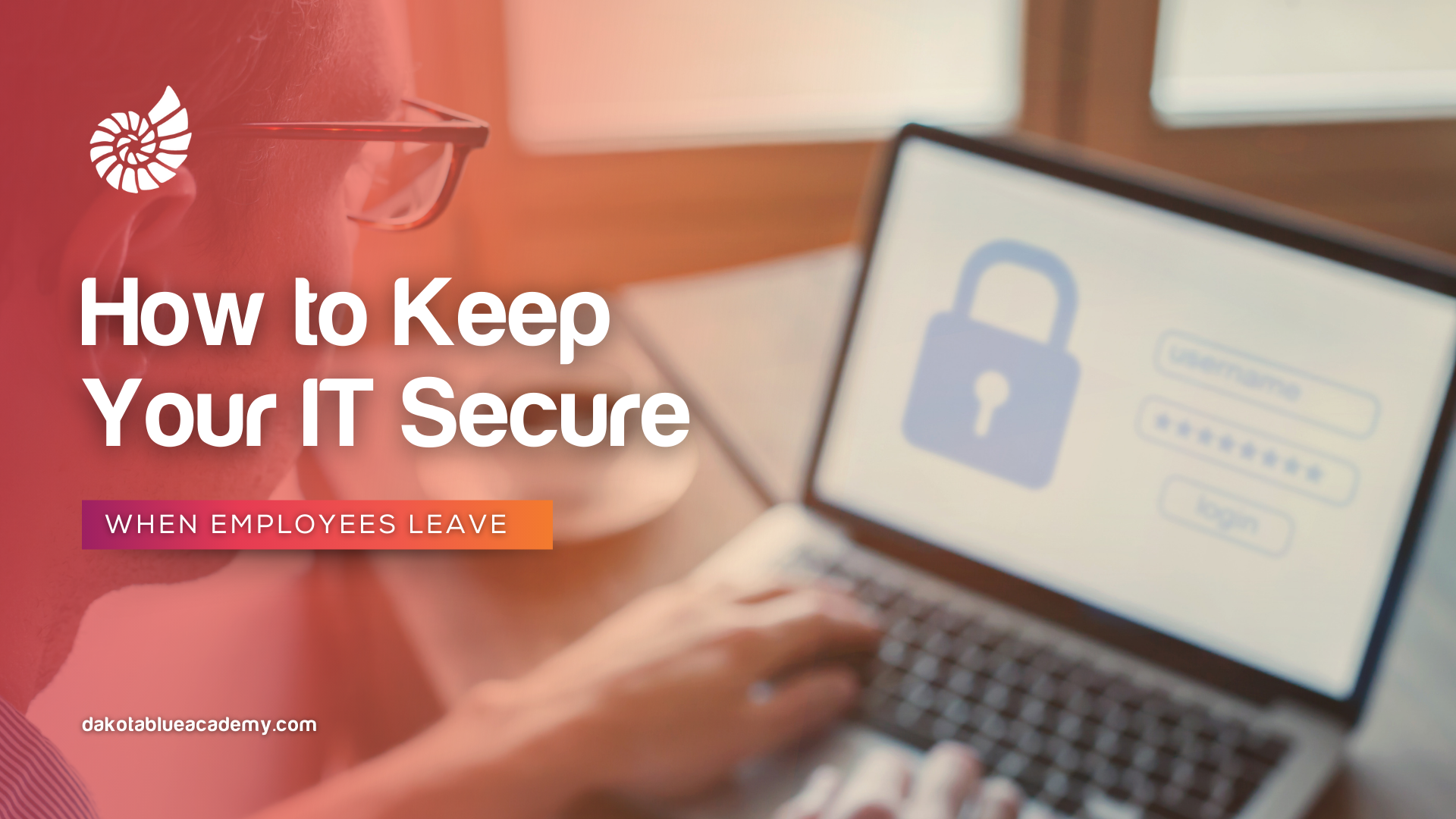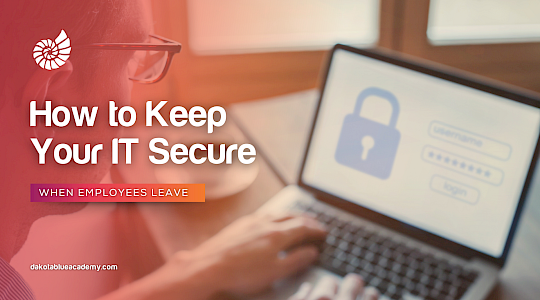
How to Keep Your IT Secure When Employees Leave
16th October 2024
When an employee leaves your business, whether voluntarily or involuntarily, it can create vulnerabilities in your IT security. As a small business owner, you may not have a lot of resources or an IT team to handle these risks. However, there are steps you can take to keep your systems and data safe. Here are our top 5 tips for protecting your IT during employee transitions.
1. Revoke Access Immediately
One of the first things you should do is revoke the departing employee's access to all systems and accounts. This includes their email, internal databases, and any third-party services your business uses. Failing to do this can leave the door open for unauthorised access to sensitive information.
Make a checklist of all the accounts and systems the leaving employee can access and disable them right away. If they used company devices, make sure to log out of any accounts linked to those devices and get the devices back.
2. Ask questions about IT access during the Exit Interview
During the exit interview you can ask questions to help you understand how the employee used their access and any risks they might have unintentionally created. Ask them about the systems they accessed, what devices they used and if they shared any sensitive information. This can give you ideas on where you might need to improve security.
3. Change Passwords and Security Credentials
After an employee leaves, change the passwords for shared accounts and reset security questions for sensitive systems. This is very important for accounts they had access to because they might know or have created passwords that still let them in.
4. Review and Update Your Security Policies
Use this transition period to review your IT security policies. Make sure they cover how to handle employee departures effectively. Are your current policies sufficient? This might also be a good time to ensure that all employees understand these policies to prevent future problems.
Consider creating a checklist for IT security during the offboarding process to ensure nothing is overlooked.
5. Utilise Monitoring Tools
Use monitoring tools to help you keep an eye on who accesses your systems and what they do. These tools can notify you of any unusual activity, allowing you to respond quickly. Here are some examples:
User Activity Logs: Set up user activity logs that track when employees log in and what actions they take on your systems. This can help you spot any unauthorised access or unusual behaviour.
Alert Systems: Implement alert systems that send notifications for suspicious activities, such as multiple failed logins attempts or logins from unfamiliar locations.
Data Loss Prevention (DLP) Software: Consider using DLP software that can monitor and protect sensitive data from being shared or accessed inappropriately.
Employee exits can create significant risks for your IT security, but you can protect your business with proactive measures. Given that we store important and sensitive information online, it's important to be cautious and stay one step ahead before it’s too late—because with just one click, everything can change.
If you want to improve your HR practices to protect your business and to help your business grow, think about subscribing to Dakota Blue Academy. We provide lots of helpful , easy to understand resources and guidance to tackle a wide range of HR challenges.


